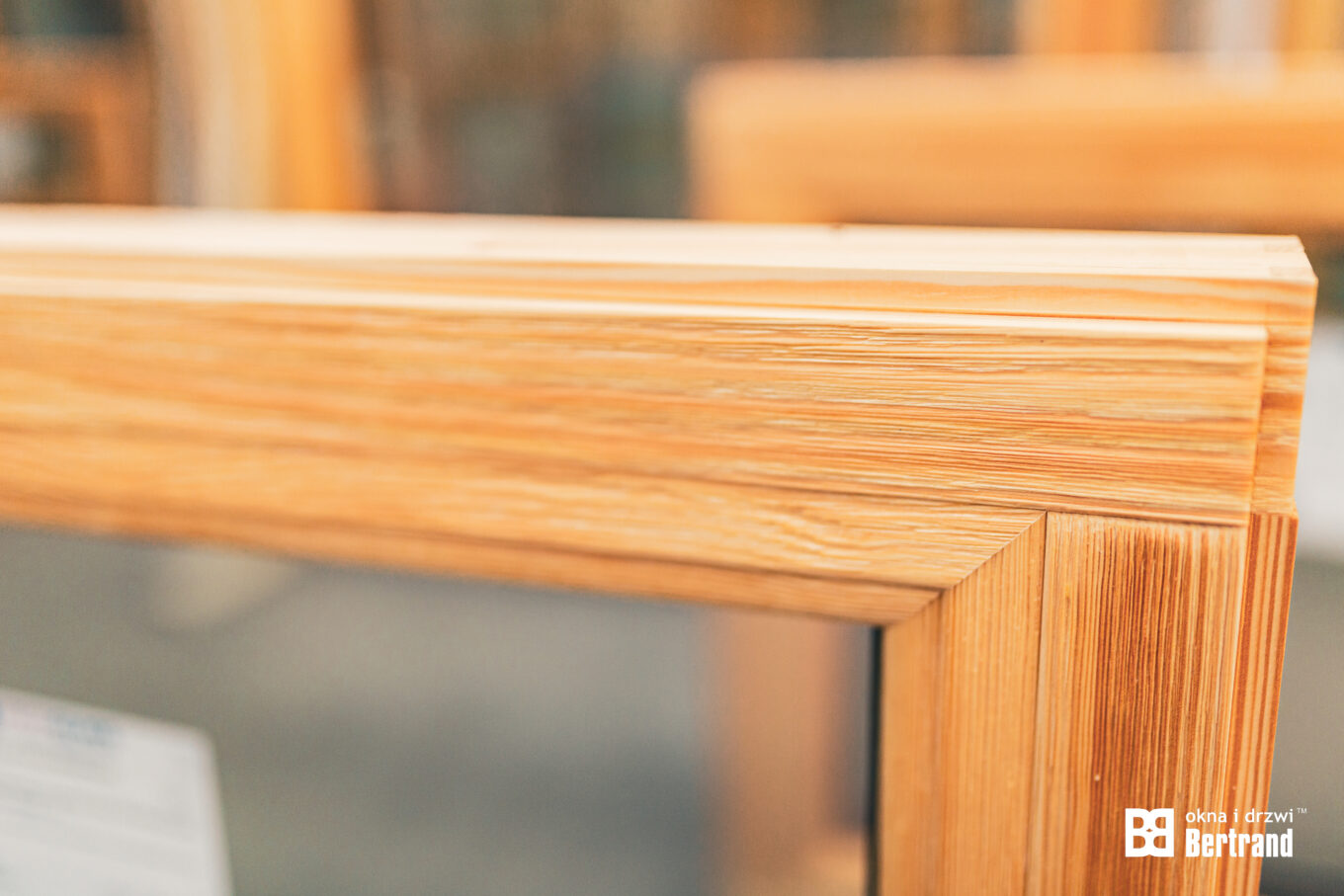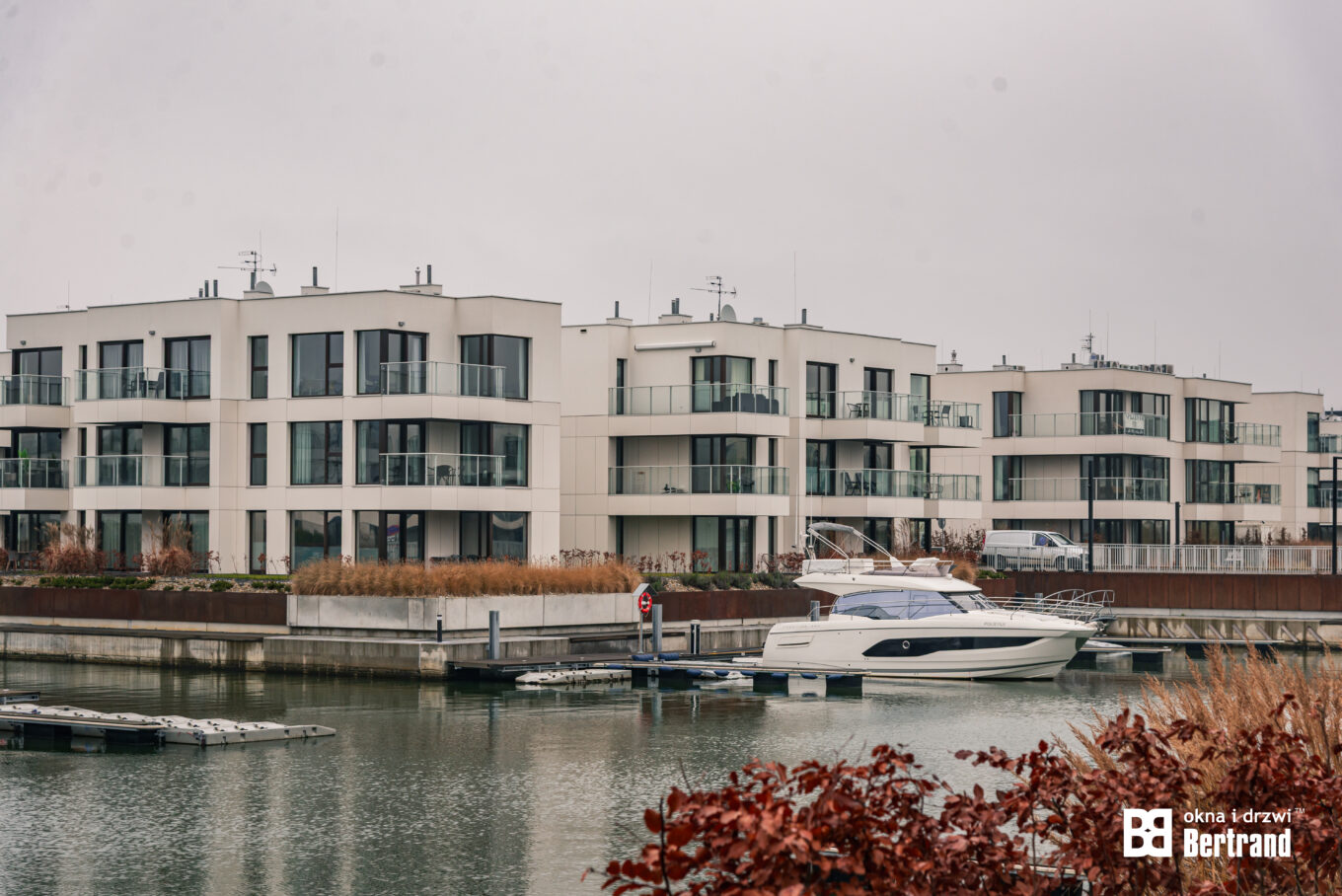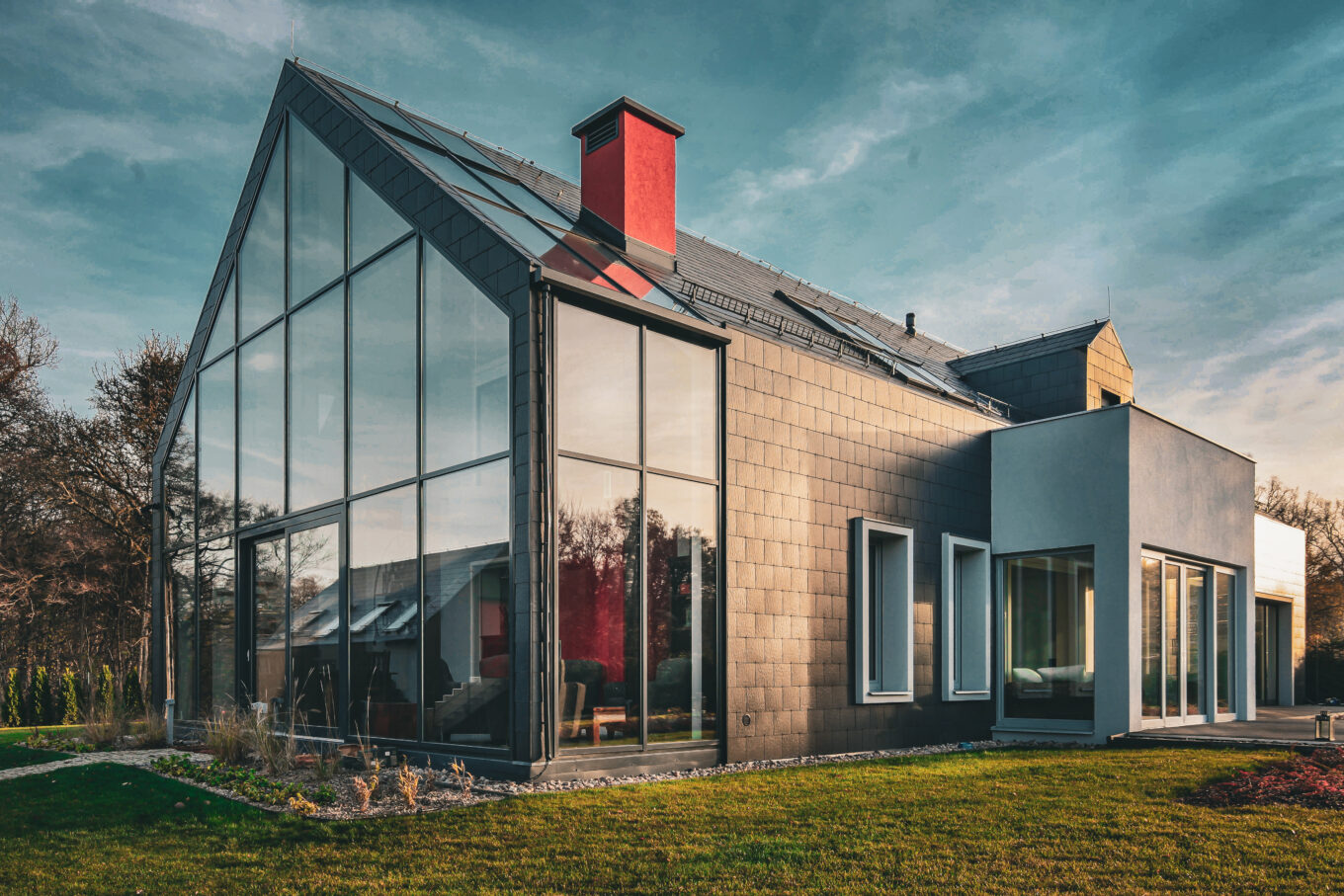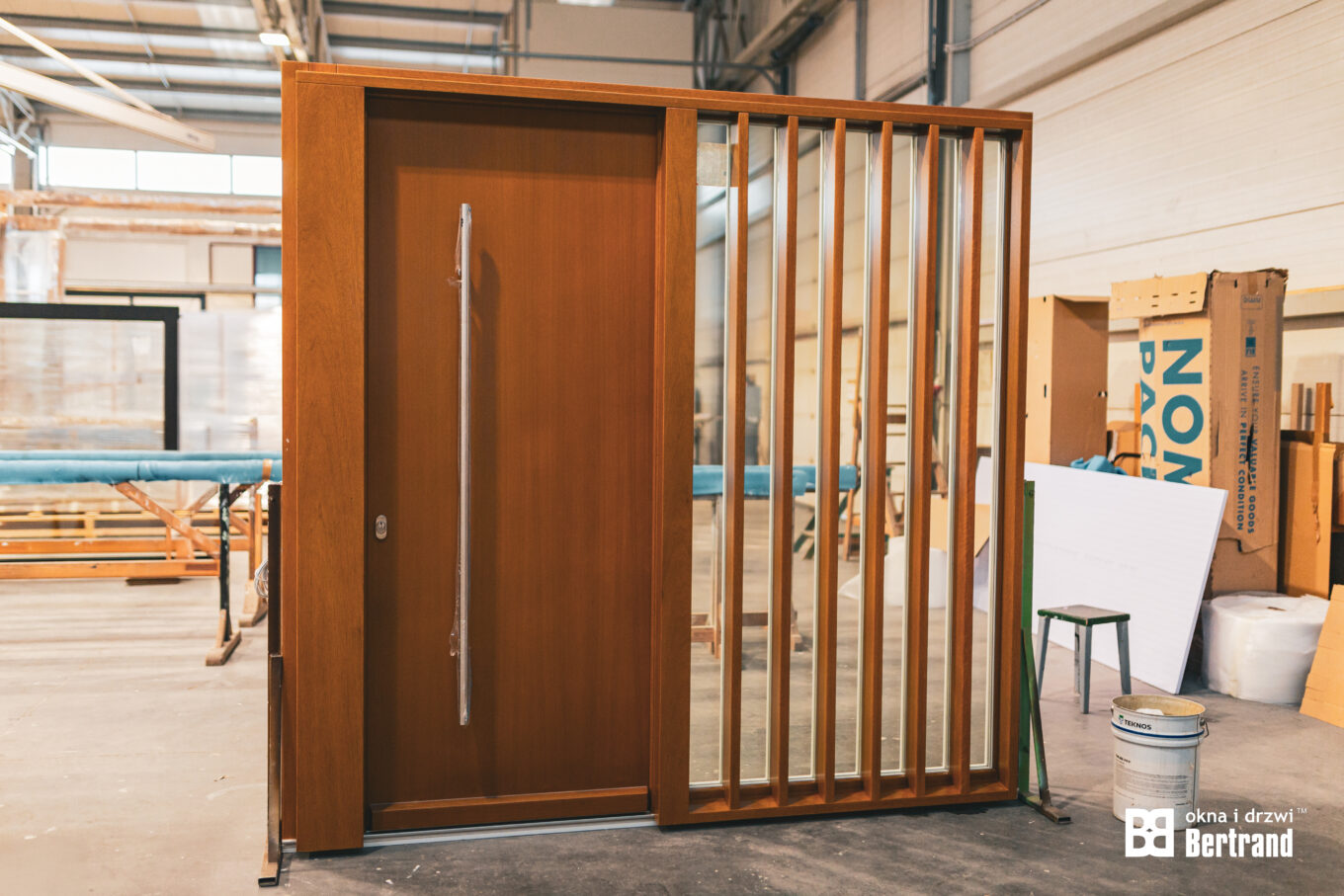Dark-coloured wooden surfaces can reach temperatures of up to 80°C when exposed to intense sunlight. High temperatures cause wood stress, deformation and resin leakage, especially in resinous species such as pine, spruce or larch. This problem is particularly visible in the case of entrance doors and other large elements, where the temperature difference between the outside and inside can be significant. This results in deformation, damage to paint coatings and a general deterioration of aesthetics. This is where cold pigments come in.

Cold pigments lower the surface temperature
To counteract these problems, Bertrand has developed modern topcoats using innovative "cold" pigments. AQUATOP. These pigments work by reflecting a large part of the invisible infrared radiation (NIR), which is responsible for heating the surface. Thanks to this, the temperature of the painted surface is up to 15°C lower compared to traditional coatings in dark colors. At the same time, these pigments absorb visible light, which allows to maintain an intense, deep color, e.g. classic black.
Easy to use
A key element of the process is the use of a white primer, which additionally supports the reflective properties of the coating. Even if the topcoat is black, a dark colored primer will weaken the effect of cold pigments, therefore the use of a white primer is recommended.
- Significant reduction in surface temperature.
- Reducing the risk of deformation and damage.
- Durability and aesthetics even in intense, dark colours.
Thanks to Bertrand solutions, wooden elements, even in dark colours, are resistant to extreme conditions and remain beautiful for years.





